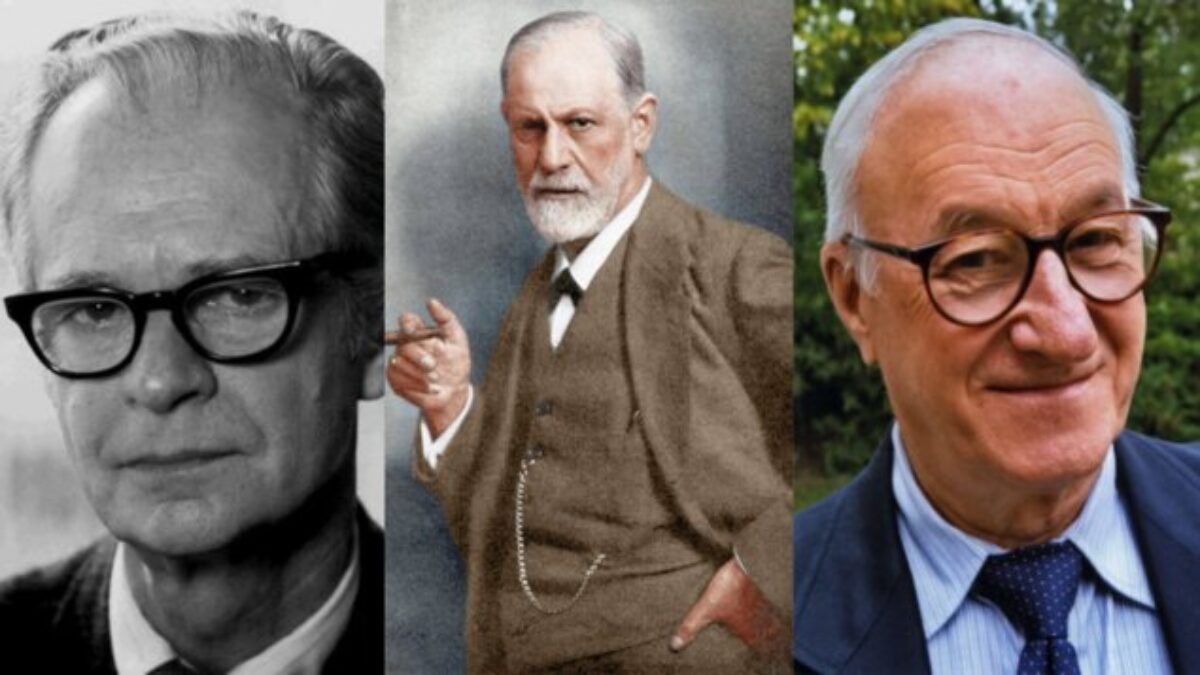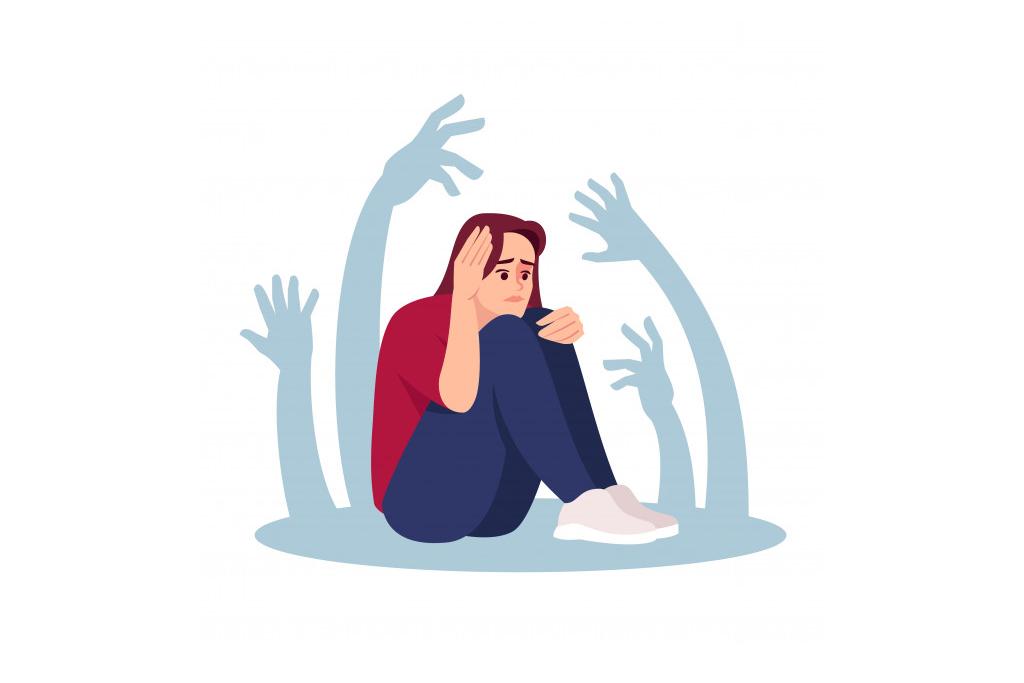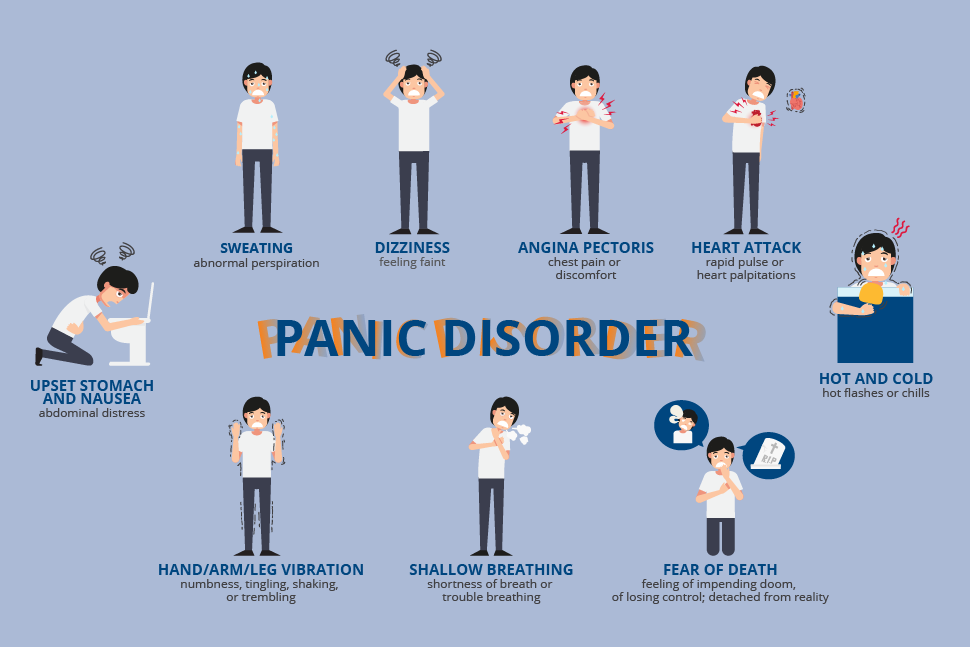Contents
Introduction

Exposure Therapy: Techniques, Applications, and Effectiveness
Exposure Therapy is a well-established psychological treatment designed to help individuals confront and overcome fears and anxieties. By gradually and systematically exposing patients to feared situations, thoughts, or objects, this therapy aims to reduce avoidance behaviors and decrease distress over time. Proven to be effective in treating a variety of anxiety disorders, Exposure Therapy offers a structured approach to tackling phobias, PTSD, and more. In this comprehensive guide, we will explore the techniques used in Exposure Therapy, go through into its diverse applications, debunk common misconceptions, and discuss its effectiveness and limitations.
Let’s get started on understanding the profound impact of Exposure Therapy.
What is Exposure Therapy?
Exposure Therapy is a psychological treatment designed to help individuals confront and manage their fears by gradually and systematically exposing them to the situations, objects, or thoughts they avoid. Rooted in cognitive-behavioral principles, this therapy aims to reduce anxiety and avoidance behaviors through repeated exposure to the feared stimuli.
Developed from research on anxiety disorders, Exposure Therapy is widely recognized for its effectiveness in treating conditions such as phobias, post-traumatic stress disorder (PTSD), and obsessive-compulsive disorder (OCD) (Foa, Hembree, & Rothbaum, 2007). The therapy operates on the principle that facing fears in a controlled manner helps diminish the emotional response over time, leading to reduced avoidance and increased confidence in managing anxiety.
Exposure Therapy is thought to be effective through four primary mechanisms:
- Emotional Processing: Exposure Therapy helps individuals develop realistic and less fearful beliefs about the stimuli they dread.
- Extinction: This therapy aids in breaking down negative associations linked to the feared object or situation, reducing their power over time.
- Habituation: By repeatedly exposing individuals to feared stimuli, their reaction to these triggers diminishes as they become accustomed to them.
- Self-Efficacy: Exposure Therapy builds confidence by demonstrating to individuals that they can face their fears and manage their anxiety successfully.
Why Exposure Therapy is Important
Exposure Therapy is crucial because it empowers individuals to face and overcome their fears rather than avoiding them. Avoidance can reinforce fear and anxiety, creating a cycle that can be difficult to break. Exposure Therapy interrupts this cycle by helping individuals gradually confront their fears in a controlled environment, leading to a reduction in anxiety over time. The therapy is future-oriented, focusing on practical solutions that help individuals gain control over their fears.
Understanding How Exposure Therapy Works
At its core, Exposure Therapy operates on the principle that fear and anxiety can be diminished through repeated exposure to the feared object or situation. By facing their fears in a safe and controlled setting, individuals can learn that the outcomes they fear are either unlikely to happen or not as catastrophic as they imagine. This process, known as habituation, helps reduce the emotional response to the feared stimuli over time.
Next, we’ll look at Exposure Therapy from three angles: an initial overview followed by a more detailed summary.
Simple Overview
Core Idea Exposure Therapy is based on the understanding that confronting feared situations or objects gradually reduces fear and anxiety. The therapy helps individuals learn that their fears are often exaggerated or unrealistic, leading to reduced emotional responses over time.
Real-Life Example: Suppose you have a fear of flying. You might avoid air travel due to anxiety. In Exposure Therapy, you would start by thinking about flying, then progress to looking at pictures of airplanes, and eventually take short flights. This gradual exposure helps lessen the fear:
- Start with a Lower Anxiety Task: Begin the exposure process by starting with a task that induces a minimal amount of anxiety, such as reading about flying. This could include reading articles about the mechanics of flight, safety statistics, or stories of positive flying experiences. The goal is to familiarize oneself with the concept of flying in a controlled, low-stress environment, allowing for the gradual reduction of fear through repeated, non-threatening exposure.
- Gradual Exposure: Once comfortable with the initial step, move on to slightly more anxiety-provoking tasks, such as watching videos of flights. This could involve watching takeoffs and landings, or even virtual reality simulations of flights.
- Full Exposure: After building tolerance through these gradual steps, the individual progresses to full exposure by eventually taking a short flight. This final step is designed to confront the fear head-on, consolidating the gains made in the earlier steps.
Detailed Concepts
- Response Prevention: Response Prevention involves stopping an individual from engaging in avoidance or compulsive behaviors that are used to reduce anxiety. For example, someone with a fear of public speaking might typically avoid speaking in front of an audience to escape anxiety. In response prevention, the individual would practice speaking in front of a group while resisting the urge to escape or avoid the situation.
- In Vivo Exposure: In Vivo Exposure involves direct, real-life exposure to the feared object, situation, or activity, helping individuals confront their fears gradually. For example, a person with a fear of heights might start by standing on a low step and, over time, work up to standing on a balcony or visiting the top floor of a tall building
- Imaginal Exposure: Imaginal Exposure is used when direct exposure to the feared object or situation is not practical or possible. In this technique, individuals are guided by a therapist to vividly imagine the feared scenario in detail, often including the associated thoughts, emotions, and physical sensations.
- Interoceptive Exposure: Interoceptive Exposure focuses on deliberately inducing physical sensations that are feared, often because they are associated with panic attacks or anxiety-related events. For instance, someone who fears the sensation of a racing heart might be asked to engage in exercises like running in place or hyperventilating to simulate those sensations.
- Systematic Desensitization: Systematic Desensitization combines relaxation techniques, such as deep breathing or progressive muscle relaxation, with gradual exposure to the feared object, situation, or activity. The process begins with the individual learning to achieve a state of relaxation.
Detailed Insight
- Theoretical Underpinnings: Exposure Therapy is grounded in classical conditioning principles, particularly the concept of extinction. Extinction occurs when the conditioned response (fear) diminishes over time as the conditioned stimulus (feared object) is presented repeatedly without the feared outcome occurring.
- Cognitive Model: This model suggests that exposure therapy helps individuals reframe their beliefs about feared situations. For instance, someone afraid of flying might come to realize that their fear of crashing is disproportionate to the actual risk, leading to a change in their cognitive appraisal of flying.
- Empirical Evidence: Research shows that Exposure Therapy is effective for a range of anxiety disorders, including phobias, PTSD, and OCD. Studies indicate that individuals who undergo Exposure Therapy often experience significant reductions in anxiety and improved quality of life.
- Neurobiological Perspectives: Exposure Therapy may influence brain activity related to fear processing. Functional MRI studies have shown changes in brain areas such as the amygdala and prefrontal cortex, which are involved in emotional regulation and fear responses.
Notable Psychologists in Exposure Therapy
Exposure Therapy has evolved through the contributions of several influential psychologists. Their groundbreaking work has refined and expanded the practice, enhancing its effectiveness in treating anxiety and related disorders. Here are some notable figures:

- Joseph Wolpe: Often credited as a pioneer in the development of systematic desensitization, a key technique in Exposure Therapy, Wolpe’s work in the 1950s and 1960s laid the foundation for modern exposure techniques used to treat phobias and anxiety disorders. (Wolpe Institute).
- Edna Foa: A leading figure in the field of PTSD treatment, Edna Foa has made significant contributions to Exposure Therapy, particularly through her development of prolonged exposure therapy. Her work has been influential in helping trauma survivors reduce the impact of their traumatic memories, making her a prominent researcher and practitioner in the field (Edna Foa Lab).
- B.F. Skinner: Although primarily known for his work in behaviorism, B.F. Skinner’s research on conditioning and behavior modification has played a crucial role in the development of exposure techniques. His concepts of operant conditioning are foundational in understanding how avoidance behaviors are maintained. (Skinner Foundation).
- Aaron T. Beck: While best known for developing Cognitive Behavioral Therapy (CBT), Aaron Beck’s work on cognitive restructuring and the cognitive model has significantly influenced the techniques used in Exposure Therapy. (Beck Institute).
- Albert Ellis: As the creator of Rational Emotive Behavior Therapy (REBT), a precursor to CBT, Ellis emphasized the role of irrational beliefs in emotional distress. His introduction of the ABC model is a core component that complements the cognitive aspects of Exposure Therapy (Albert Ellis Institute).
If you’re interested in learning more about notable psychologists in history, check out this blog.
Applications of Exposure Therapy in Treating Mental Health Disorders
By gradually exposing patients to the sources of their distress in a controlled and systematic manner, this therapy aims to reduce the power these fears hold over their lives. Its versatile application makes it effective for treating a range of mental health disorders, each requiring tailored strategies for successful outcomes. Here are some key applications:

Social Anxiety Disorder
Exposure Therapy is one of the most effective treatments for various anxiety disorders. For instance, it is particularly effective for treating phobias, where the therapy helps individuals confront specific fears, such as fear of flying, animals, or public speaking.
Example: A client with a severe phobia of dogs might start with looking at pictures of dogs, then move to watching videos, visiting a park where dogs are present, and eventually interacting with a dog under the supervision of a therapist.
Image Source: lanc.org.uk

Post-Traumatic Stress Disorder
For individuals with PTSD, Exposure Therapy can involve both in vivo and imaginal exposure. The goal is to reduce the distress associated with traumatic memories and to help individuals regain control over their lives.
Example: A survivor of a car accident may avoid driving or being near roads. Through Exposure Therapy, they might start by imagining driving, progressing to sitting in a stationary car, and eventually driving short distances, all while learning to manage their anxiety.
Image Source: lpakconline.com

Obsessive-Compulsive Disorder
Exposure and Response Prevention (ERP) is a specific form of Exposure Therapy used to treat OCD. It involves exposing individuals to situations that trigger their obsessions while preventing them from engaging in their usual compulsive behaviors.
Example: A person with OCD who has a compulsion to clean excessively might be exposed to touching a “contaminated” object like a doorknob and then prevented from washing their hands, helping them learn that nothing catastrophic happens if they don’t perform the compulsion.
Image Source: flowintegrativeketamine.com

Panic Disorder
Exposure Therapy involves exposing individuals to situations or physical sensations that trigger their panic attacks. This helps them gradually learn to manage their anxiety and reduce the frequency and intensity of panic attacks.
Example: A person with Panic Disorder might be exposed to physical sensations like a racing heartbeat or shortness of breath in a controlled setting, helping them understand that these sensations are not dangerous and reducing their panic response over time.
Image Source: bridgestorecovery.com
Myths About Exposure Therapy
| Myth | Fact |
| Exposure Therapy is too frightening. | Exposure Therapy is carefully structured to ensure that the exposure is gradual and manageable. Therapists work with clients to set up a hierarchy of fears, starting with less distressing scenarios and progressively working towards more challenging ones. |
| Exposure Therapy is only for severe cases. | This therapy is effective for a wide range of anxiety levels, including those with mild or moderate symptoms. It can be tailored to meet the specific needs of each individual, making it suitable for various degrees of anxiety. |
| Exposure Therapy makes fears worse. | The purpose of Exposure Therapy is to reduce anxiety over time by helping individuals confront their fears in a controlled way. This approach allows people to learn that their fears are often less dangerous than anticipated, leading to decreased anxiety and increased confidence. |
| Exposure Therapy is a quick fix. | Exposure Therapy is a process that requires consistent effort and time. Progress is typically gradual, with individuals slowly building their ability to face and manage their fears effectively. It involves ongoing support and adjustments based on the individual’s response. |
| Exposure Therapy is only about facing fears directly. | While facing fears is a central component, Exposure Therapy also incorporates strategies for managing anxiety, such as relaxation techniques and cognitive restructuring. This comprehensive approach helps individuals not only face their fears but also develop coping mechanisms to handle anxiety in various contexts. |
Criticisms and Limitations
- Risk of Intense Distress: Exposure Therapy can sometimes provoke high levels of distress in the short term, especially if the exposure is not carefully managed. This can be challenging for individuals who are highly sensitive or lack coping skills, potentially leading to increased anxiety before experiencing relief.
- Not Suitable for All Conditions: While effective for many anxiety disorders, Exposure Therapy may not be as beneficial for conditions with complex or multifaceted symptoms, such as severe personality disorders or chronic depression. The therapy’s focus on exposure might not address underlying issues or co-occurring conditions.
- Critique of Effectiveness: Some critics argue that Exposure Therapy, while effective for specific phobias and PTSD, may not address the broader spectrum of anxiety-related symptoms or other psychological challenges. The therapy’s success can vary depending on individual factors and the nature of the anxiety being treated.
Conclusion
Exposure Therapy is a powerful and evidence-based approach for managing various anxiety disorders, offering significant benefits by helping individuals confront and reduce their fears. Through structured exposure and gradual progression, it effectively diminishes avoidance behaviors and enhances overall well-being. However, it’s important to acknowledge its limitations and potential challenges, such as the risk of initial distress and its suitability for specific conditions. By understanding both its strengths and areas for improvement, individuals and practitioners can better harness the benefits of Exposure Therapy while addressing its limitations.
References
- Beck, J. S. (2011). Cognitive behavior therapy: Basics and beyond. Guilford Press.
- Foa, E. B., Hembree, E. A., & Rothbaum, B. O. (2007). Prolonged exposure therapy for PTSD: Emotional processing of traumatic experiences: Therapist guide. Oxford University Press.
- Hofmann, S. G., Asnaani, A., Vonk, I. J. J., Sawyer, A. T. & Fang, A. (2012). The Efficacy of Cognitive Behavioral Therapy: A Review of Meta-analyses. Cognitive Therapy and Research, 36(5), 427-440.
- Skinner, B. F. (1953). Science and human behavior. Free Press.
- Wolpe, J. (1958). Psychotherapy by reciprocal inhibition. Stanford University Press.
- American Psychological Association. (2017). Clinical practice guideline for the treatment of posttraumatic stress disorder (PTSD) in adults.
- Craske, M. G., Kircanski, K., Zelikowsky, M., Allard, C. B., & Treanor, M. (2017). What is the Role of Exposure Therapy? Current Directions in Psychological Science, 26(1), 77-83.
- Kendall, P. C., & Hedtke, K. A. (2006). Cognitive-behavioral therapy for anxious children: Therapist manual. Guilford Press.
- Clark, D. M., & Wells, A. (1995). A cognitive model of social phobia. In Social phobia: Diagnosis, assessment, and treatment (pp. 69-93). Guilford Press.
- Kaczkurkin, A. N., & Foa, E. B. (2015). Cognitive-behavioral therapy for anxiety disorders: A review of the evidence for its effectiveness. The Journal of Anxiety Disorders, 28(6), 722-734.
Explore more Theories & Therapies








